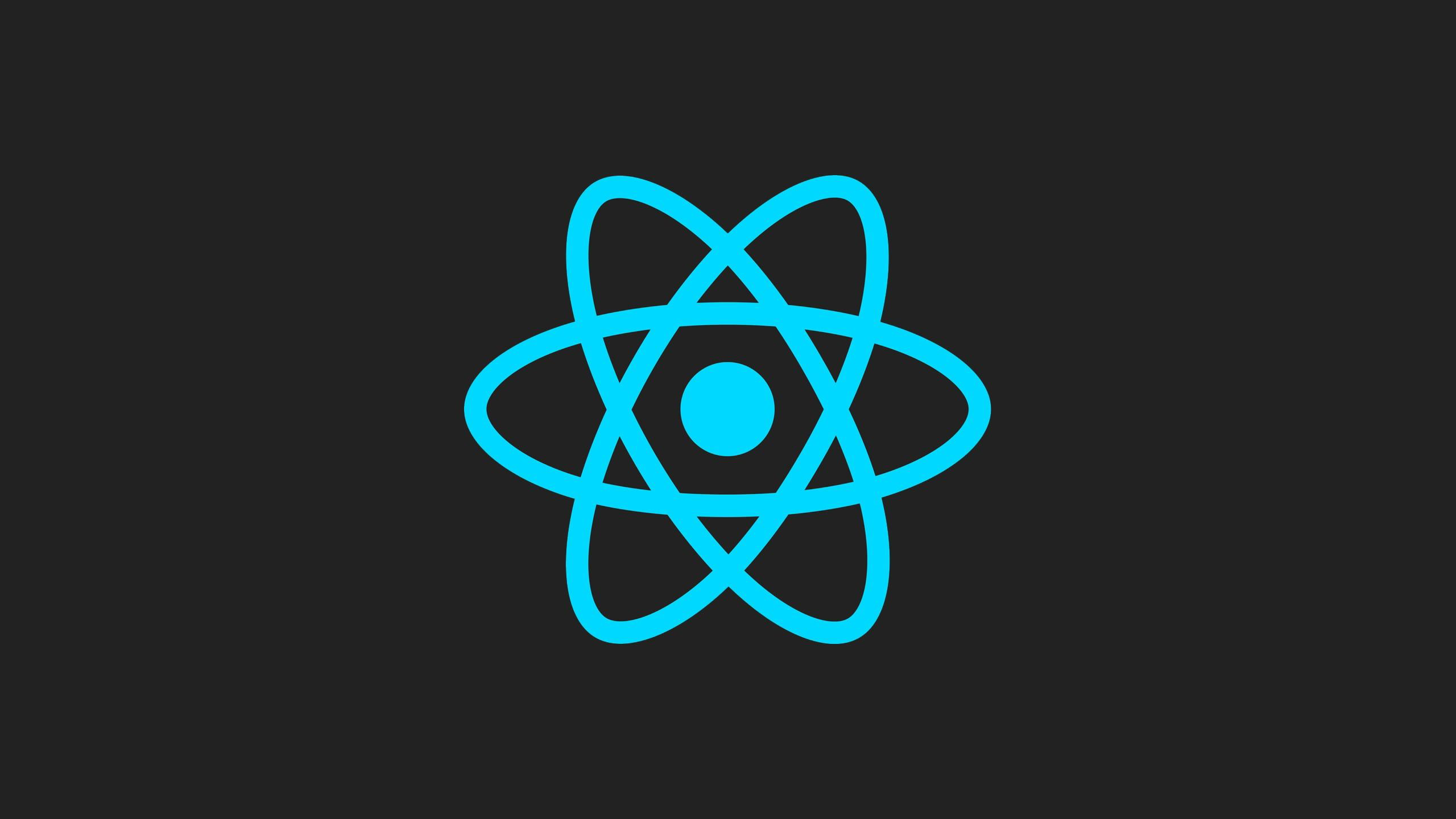
Introduction to React: The Front-End Library Revolutionizing Web Development
4 minutes estimated reading time
Overview
In the ever-evolving world of web development, staying updated with the latest tools and frameworks is essential. Among these, React has emerged as a powerhouse, shaping the way developers build user interfaces. Whether you’re a seasoned developer or a beginner looking to dip your toes into front-end development, understanding React is crucial. In this blog, we’ll dive into what makes React so popular, its core concepts, and why it’s worth learning.
What is React?
React is an open-source JavaScript library for building user interfaces, primarily for single-page applications. Developed and maintained by Facebook, it was first released in 2013. React allows developers to create large web applications that can update and render efficiently in response to data changes. The main advantage? It does this without reloading the page, creating a smoother user experience.
Why React?
1. Component-Based Architecture
React’s component-based architecture is one of its most defining features. In React, the UI is divided into reusable components, each managing its own state and logic. This modular approach makes the code more organized, easier to maintain, and scalable. Components can be nested, managed, and handled independently, promoting a more efficient development process.
2. Virtual DOM
One of React’s key innovations is the Virtual DOM (Document Object Model). Unlike the traditional DOM, which updates the entire structure of a webpage with every change, React’s Virtual DOM optimizes this process by only updating the parts that have changed. This results in faster updates and a more responsive application, significantly improving performance.
3. Declarative UI
React promotes a declarative programming style, which means developers describe what the UI should look like, and React takes care of the how. This approach simplifies the development process, making the code more predictable and easier to debug.
4. Rich Ecosystem and Community
Since its release, React has garnered a massive community and ecosystem. This means extensive documentation, a plethora of libraries and tools, and a supportive community. Whether you need state management (like Redux or Recoil), routing (React Router), or API fetching (like Axios or React Query), there’s likely a well-maintained library that integrates seamlessly with React.
5. JSX: JavaScript Syntax Extension
JSX, or JavaScript XML, is a syntax extension that allows you to write HTML-like code within your JavaScript. While JSX is not a requirement for React, it’s widely used because it makes the code more readable and easier to understand. JSX also helps you visualize the UI components more intuitively.
6. Cross-Platform Development
React isn’t just for web development. With React Native, you can build mobile applications for iOS and Android using the same principles and knowledge from React. This cross-platform capability allows developers to transition from web to mobile development without needing to learn entirely new frameworks.
Core Concepts of React
To get the most out of React, it’s essential to understand some of its core concepts:
1. Components
Everything in React is a component. Components can be either stateful or stateless, and they return a portion of the UI (usually in JSX). They can be as small as a button or as large as an entire application page.
2. Props
Props, short for “properties,” are a way of passing data from one component to another. Props are immutable, meaning they cannot be changed by the component that receives them. This unidirectional data flow helps keep components predictable and manageable.
3. State
State is a built-in object that allows components to create and manage their own data. Unlike props, state is mutable and can be changed based on user interaction or other factors. When state changes, the component re-renders to reflect the new state.
4. Lifecycle Methods
React components go through a lifecycle of events. Understanding these lifecycle methods, like componentDidMount, componentDidUpdate, and componentWillUnmount, is crucial for managing data fetching, subscriptions, and more.
5. Hooks
Introduced in React 16.8, hooks are functions that let you use state and other React features in functional components. Some commonly used hooks are useState, useEffect, and useContext. Hooks have revolutionized how developers write React components, making the code cleaner and more reusable.

Why Learn React?
React’s popularity and widespread use make it an essential skill for web developers. Here’s why you should consider learning React:
- Job Market: React is in high demand in the job market, with many companies seeking developers proficient in React for front-end development.
- Versatility: From single-page applications to mobile apps, React can be used in various projects.
- Active Community: An active community means better resources, libraries, and tools, making development faster and more efficient.
- Future-Proof: With its widespread adoption and continuous development by Facebook, React is here to stay.
Conclusion
React has fundamentally changed the way we build web applications. Its component-based architecture, virtual DOM, and extensive ecosystem make it a powerful tool for developers. Whether you’re looking to build complex web applications, streamline your development process, or just stay up-to-date with modern web technologies, learning React is a step in the right direction. Start experimenting with React today, and join the vast community of developers who are pushing the boundaries of what’s possible on the web.
Other Articles

Mar 01 2024
Powerful Design Tools and Features for Software Development
This article talks about the powerful in-house design tools we have created and the impacts it has had on the development process at Pulse.
7 min read
Ready to work with us?
Let’s discuss your project, our capabilities and how we can work together.